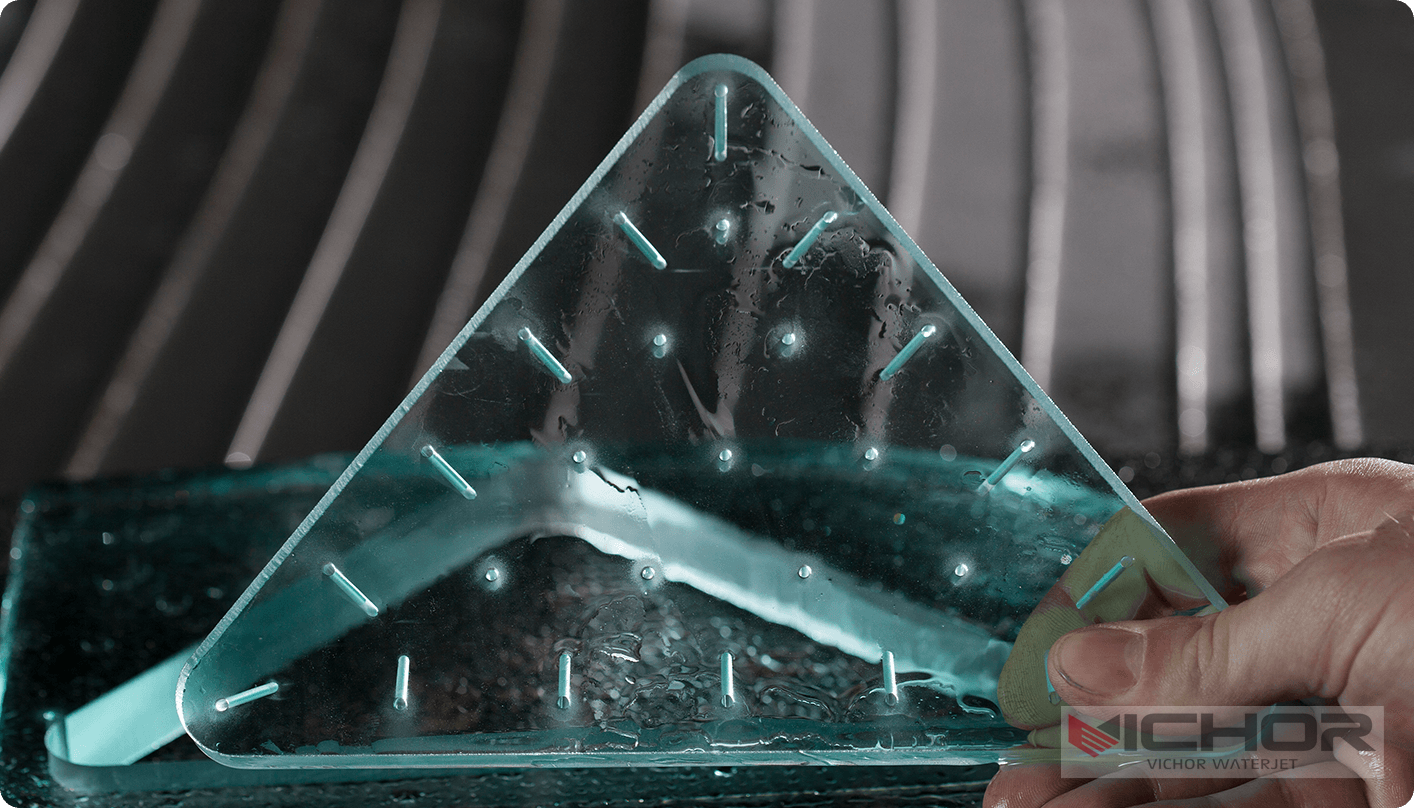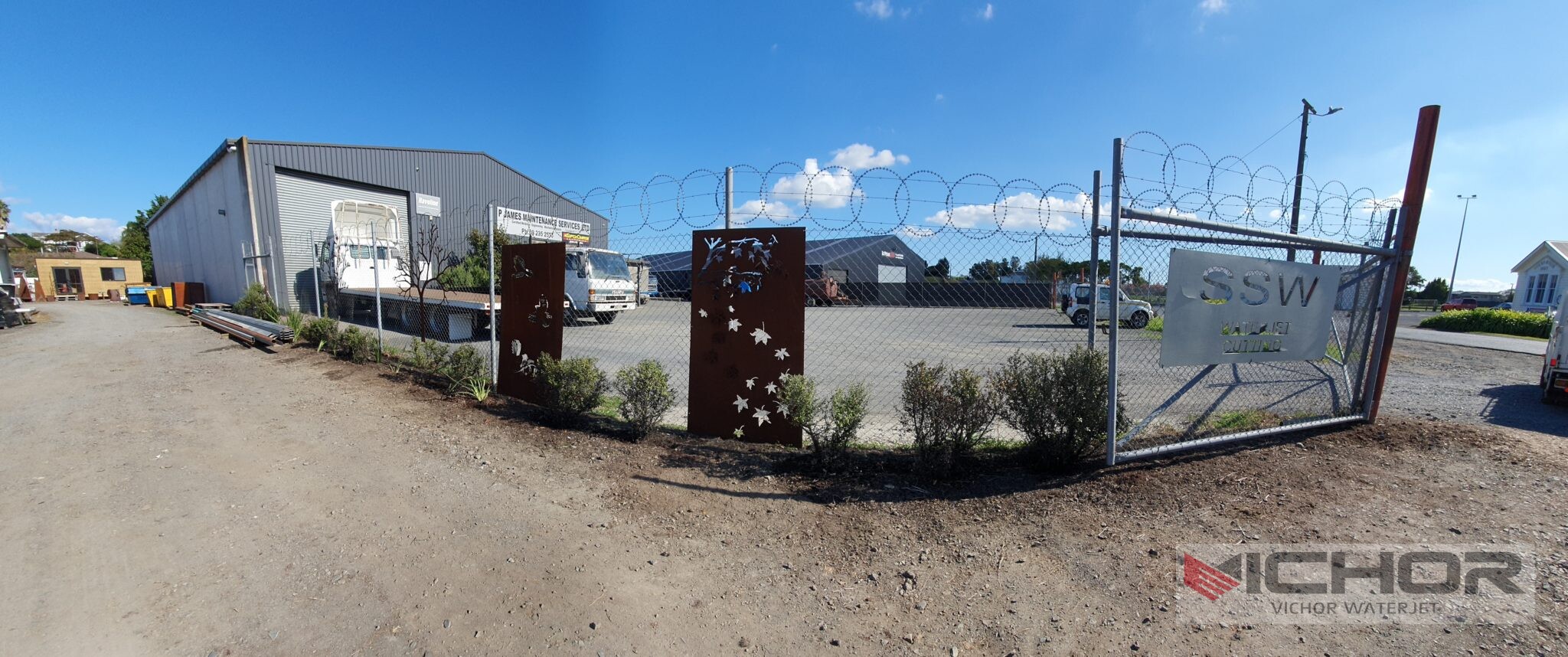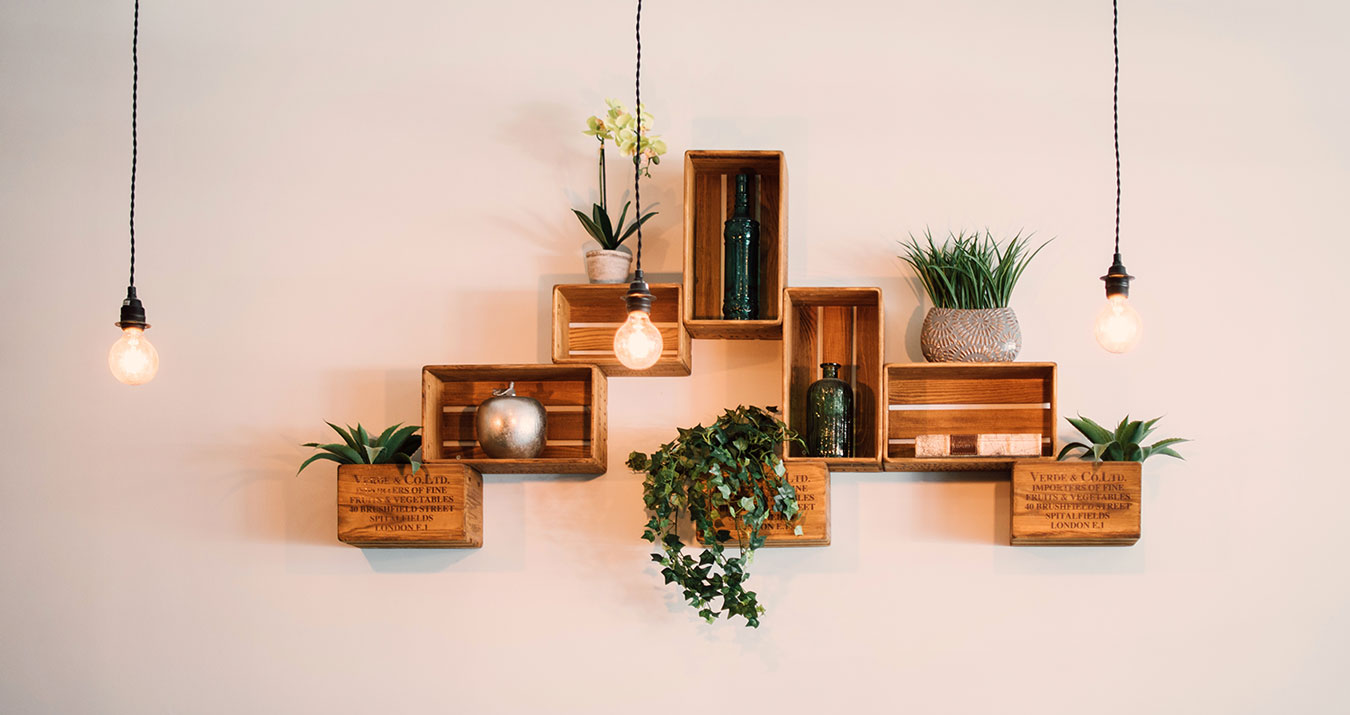
What is the Cost of a Waterjet Machine? Factors and Pricing Explained
The question “What is the cost of a waterjet machine?” is one of the first and most critical for manufacturers, fabricators, and workshop owners considering this versatile technology. Unlike a product with a fixed sticker price, the investment in a waterjet machine is nuanced, influenced by a myriad of factors from its core components to its intended application. Often referred to as a hydro cutting machine or abrasivejet, this tool uses a high-pressure stream of water, often mixed with an abrasive substance, to cut through virtually any material with precision and without heat-affected zones.
This comprehensive guide will demystify the pricing structure of these powerful systems. We will break down the key cost factors, explore the different types of machines available, highlight considerations when evaluating waterjet machine manufacturers, and address frequently asked questions to help you make an informed decision for your business.
Understanding the Core Components of a Waterjet Machine
To understand the cost, you must first understand what you are paying for. A modern waterjet machine is not a single unit but a sophisticated system comprising several key components:
The Pump: The heart of the system. This is what generates the ultra-high-pressure water stream, typically between 60,000 to 90,000 PSI (4,000 to 6,200 bar). Pump technology is a primary driver of cost and performance.
The Cutting Table/Frame: This is the structure that holds the material and moves the cutting head along the X, Y, and Z axes. Table size, rigidity, and construction material (e.g., welded steel, stress-relieved frame) directly impact price and durability.
The Motion Control System: Comprising motors, drives, and software, this system dictates the accuracy, speed, and smoothness of the cuts. Advanced controllers offer features like automatic height control (AHC) to maintain optimal cutting distance.
The Cutting Head/Intensifier: This assembly focuses the high-pressure water into a precise stream. In abrasive cutting, it also mixes the high-pressure water with garnet abrasive.
Abrasive Delivery System: For abrasivejet cutting, this system stores and meters the abrasive (usually garnet) into the cutting head. Its consistency and reliability affect cut quality and operating costs.
Software: CAD/CAM software is used to design parts and convert them into toolpaths that the machine can follow. User-friendly and powerful software is a key value-add from reputable waterjet machine manufacturers.
Types of Waterjet Machines and Their Price Ranges
The market offers different configurations of hydro cutting machines to suit various budgets and production needs. The choice between them significantly affects the initial investment.
Standard Abrasive Waterjet Systems: These are the most common type, capable of cutting hard materials like metal, stone, and glass. A complete new system from a reputable manufacturer can start anywhere from $100,000 to over $300,000. This wide range is due to table size, pump horsepower, and brand value.
Pure Waterjet Systems: These systems use water only, without abrasive, and are designed for cutting softer materials like foam, rubber, food products, and insulation. They are generally less expensive, with entry-level systems potentially starting in the $60,000 – $120,000 range, as they lack the abrasive delivery system.
3-Axis vs. 5-Axis Systems: Most systems are 3-axis (X, Y, Z). 5-axis systems allow the cutting head to tilt and rotate, enabling complex bevelled cuts on contoured parts. This advanced capability can push prices well above $400,000.
Used/Refurbished Waterjet Machines: A popular option for those with a tighter budget. A quality used waterjet machine can cost $40,000 to $150,000, depending on age, condition, and specifications. While the initial cost is lower, potential maintenance and downtime risks must be carefully considered.
Key Factors That Determine the Final Price Tag
When requesting a quote from waterjet machine manufacturers, you’ll find that the final price is built from the ground up based on your specific requirements.
Pump Horsepower (HP): This is arguably the most significant cost factor. A 30HP pump is sufficient for many shops, but a 50HP or 100HP pump will cut faster and thicker materials, adding tens of thousands of dollars to the cost.
Table Size and Work Envelope: The physical size of the machine dictates the maximum size of the material you can process. A small table (e.g., 4′ x 4′) will cost significantly less than a large-format table (e.g., 10′ x 20′).
Brand and Manufacturer Reputation: Established waterjet machine manufacturers like Flow, OMAX, and KMT have a premium associated with their proven technology, reliability, and global service networks. Newer or less established brands, such as VICHOR, may offer competitive pricing to enter the market, providing a compelling value proposition without the brand-name premium.
Motion System and Accuracy: Basic systems use geared motors, while high-precision applications require advanced linear drive systems and precision-ground rails, which increase cost.
Software Capabilities: The included software package can range from basic to highly advanced. Features like automatic nesting (to maximize material usage) and sophisticated collision avoidance add to the value and cost.
Options and Accessories: Common add-ons include:
Automatic Height Control (AHC): Essential for maintaining cut quality over uneven surfaces. ($10,000 – $20,000+)
Abrasive Removal Systems: Conveyors or tanks to manage spent slurry. ($5,000 – $15,000)
Nozzle Changers: For automated, unattended cutting of different parts. ($20,000 – $40,000+)
Water Chillers/Purification: To protect the pump and ensure consistent performance.
Beyond the Purchase Price: Understanding Operational Costs
The purchase price is just the beginning. The true cost of ownership includes ongoing operational expenses, which can be substantial.
Abrasive (Garnet): This is typically the largest recurring cost. Consumption depends on orifice size and hours of operation but can easily amount to thousands of dollars per month for a busy shop.
Electricity: The high-pressure pump is a significant consumer of electrical power.
Water: While the machine recycles water, there is still consumption and disposal cost for the wastewater slurry, which requires treatment in some regions.
Maintenance and Parts: Regular maintenance is required for the pump, cutting head nozzles (orifices and mixing tubes), and high-pressure seals. Annual maintenance contracts from waterjet machine manufacturers are a common and recommended expense.
Labor: Operator training and wages are part of the ongoing investment.
Choosing Among Waterjet Machine Manufacturers
Selecting the right partner is as important as selecting the machine. When evaluating waterjet machine manufacturers, consider:
Service and Support: What is their response time? Do they have local technicians? A machine is useless if it’s down for weeks waiting for service.
Training: Comprehensive training for your operators is crucial for safety, efficiency, and maximizing the return on your investment.
Warranty: Understand the terms and duration of the warranty for both the pump and the machine table.
Technology and Innovation: Do they invest in R&D? Companies that continuously improve their software and hardware provide better long-term value.
References and Reputation: Talk to existing customers, especially those in your industry.
A brand like VICHOR positions itself in this competitive landscape by offering modern hydro cutting machine technology with a strong focus on providing a robust feature set and reliable performance at a more accessible price point, making advanced waterjet technology available to a broader range of businesses.
Frequently Asked Questions (FAQs)
Q1: How much does a basic waterjet machine cost?
A: A new, entry-level abrasive waterjet machine with a small table (e.g., 2’x4′) and a lower horsepower pump can start from around $100,000 – $150,000. A pure water-only system for soft materials would be less.
Q2: Is it worth buying a used waterjet cutter?
A: It can be, but it requires due diligence. The pump is the most critical and expensive component to repair. It’s vital to get a full service history and, if possible, have an independent technician inspect it. Factor in potential immediate repair costs.
Q3: What is the typical maintenance required?
A: Daily checks include water quality and lubrication levels. Weekly tasks involve inspecting high-pressure seals and fittings. Consumables like orifices (gemstones) and mixing tubes (ceramic or tungsten carbide) need replacement every 50-200 cutting hours, depending on pressure and abrasiveness.
Q4: How accurate is waterjet cutting?
A: Modern abrasive waterjets are highly accurate, typically holding tolerances of +/- 0.003″ to +/- 0.005″ (0.076mm to 0.127mm) under ideal conditions. Accuracy can be affected by material type, thickness, and cutting speed.
Q5: What materials can a hydro cutting machine NOT cut?
A: Waterjets struggle with tempered glass (it shatters) and laminated glass (it delaminates). They can also be slow on very thick, dense materials like some ceramics and carbides, though they will eventually cut through. Diamond wire saws or lasers might be better for certain hardened materials.
Q6: How do operating costs compare to laser or plasma cutting?
A: Waterjet has higher consumable costs (abrasive, parts) than plasma or laser. However, it has zero thermal distortion, can cut any material, and produces no hazardous fumes. It’s chosen for its versatility and cold-cutting nature, not necessarily as the lowest-cost-per-inch option for every material.
Ultimately, the cost of a waterjet machine is an investment in unparalleled manufacturing flexibility. There is no other single cutting technology that can seamlessly transition from cutting intricate patterns in titanium and tool steel to delicate designs in marble and glass without any tool changes or heat-related damage.
While the initial price tag can be significant, ranging from $100,000 to over $500,000 for a fully equipped system, it opens up new markets and capabilities for a business. By carefully considering your production needs, material types, and desired work envelope, and by thoroughly researching waterjet machine manufacturers—from industry giants to value-focused providers like VICHOR—you can determine the true cost and immense value a waterjet system can bring to your operation. The key is to look beyond the initial purchase price and understand the total cost of ownership and the potential return on investment through expanded capabilities and improved product quality.
continue reading



